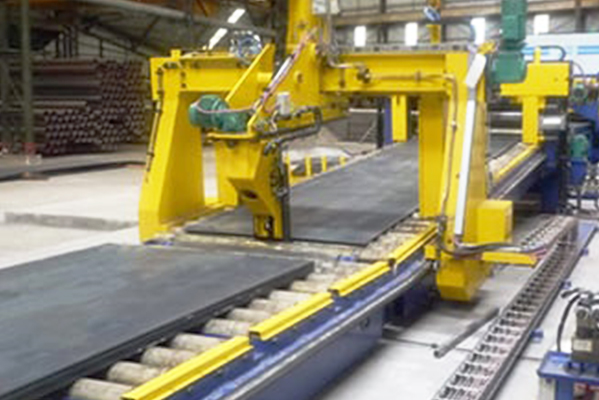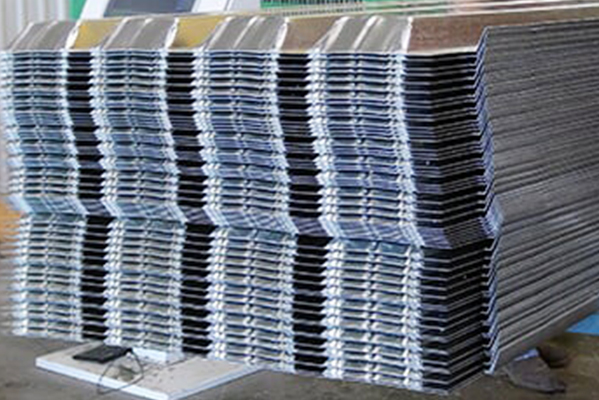Navigation Menu
Contact Us
- Email:
- info@wxavatar.com
- Address:
- Yurong Village, Yuqi Street, Huishan District, Wuxi, China.
Release Date:Apr 09, 2025 Visit:51 Source:Roll Forming Machine Factory
In manufacturing and logistics, palletizing equipment plays a crucial role in automating the stacking and arrangement of products, boxes, or bags onto pallets. This process ensures stability during storage and transportation, reducing manual labor and improving efficiency. With advancements in robotics and automation, palletizing systems have become essential in industries such as food and beverage, pharmaceuticals, chemicals, and consumer goods.
Types of Palletizing Equipment
1. Robotic Palletizers
Use industrial robots with grippers or suction cups to pick and place products.
Highly flexible, capable of handling different product shapes and patterns.
Ideal for high-mix, low-volume production.

2. Conventional (Layer) Palletizers
Stack products in pre-formed layers for uniform pallet loads.
Best for high-speed operations with consistent product sizes (e.g., beverage cases).
Can be high-level (stacking at pallet height) or low-level (stacking at ground level).
3. Hybrid Palletizers
Combine robotic and conventional palletizing for optimized performance.
Suitable for mixed-load palletizing where both speed and flexibility are needed.
4. Mobile Palletizers
Portable systems that can be moved between production lines.
Useful in warehouses with changing layout requirements.
5. Automated Guided Vehicle (AGV) Palletizers
AGVs transport and stack pallets autonomously in smart warehouses.
Integrated with warehouse management systems (WMS) for seamless logistics.
Key Components of Palletizing Systems
Infeed Conveyor – Transports products to the palletizer.
Pattern Forming System – Arranges products in optimal stacking patterns.
End-of-Arm Tooling (EOAT) – Grippers, suction cups, or clamps for product handling.
Pallet Dispenser – Automatically supplies empty pallets.
Stretch Wrapping Station – Secures stacked pallets with film for stability.
Benefits of Palletizing Equipment
Increased Efficiency – Faster stacking than manual labor.
Reduced Labor Costs – Minimizes reliance on manual workers.
Improved Safety – Reduces workplace injuries from heavy lifting.
Consistent Load Stability – Ensures secure pallets for shipping.
Space Optimization – Maximizes warehouse storage efficiency.
Applications Across Industries
Food & Beverage – Stacking boxes, cans, and bags.
Pharmaceuticals – Handling delicate or high-value products.
Chemicals – Palletizing bags, drums, and containers.
E-commerce & Retail – Preparing mixed-load pallets for distribution.

Future Trends in Palletizing
AI & Machine Learning – Smart palletizers that optimize stacking patterns.
Collaborative Robots (Cobots) – Safe human-robot interaction in palletizing.
Sustainable Packaging – Reducing material waste in palletizing processes.
Conclusion
Palletizing equipment is a vital part of modern supply chains, enhancing productivity, safety, and cost-efficiency. As automation and robotics continue to evolve, businesses that invest in advanced palletizing solutions gain a competitive edge in logistics and warehousing. Whether using robotic arms, layer palletizers, or AGV systems, automation in palletizing ensures faster, safer, and more reliable operations.